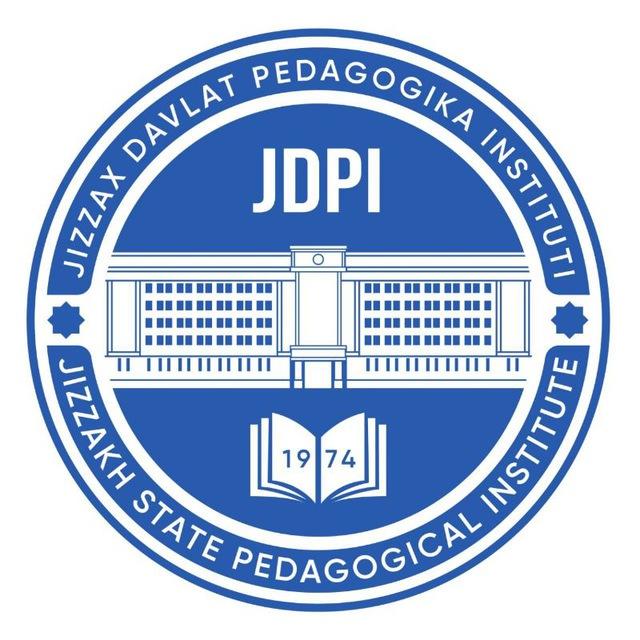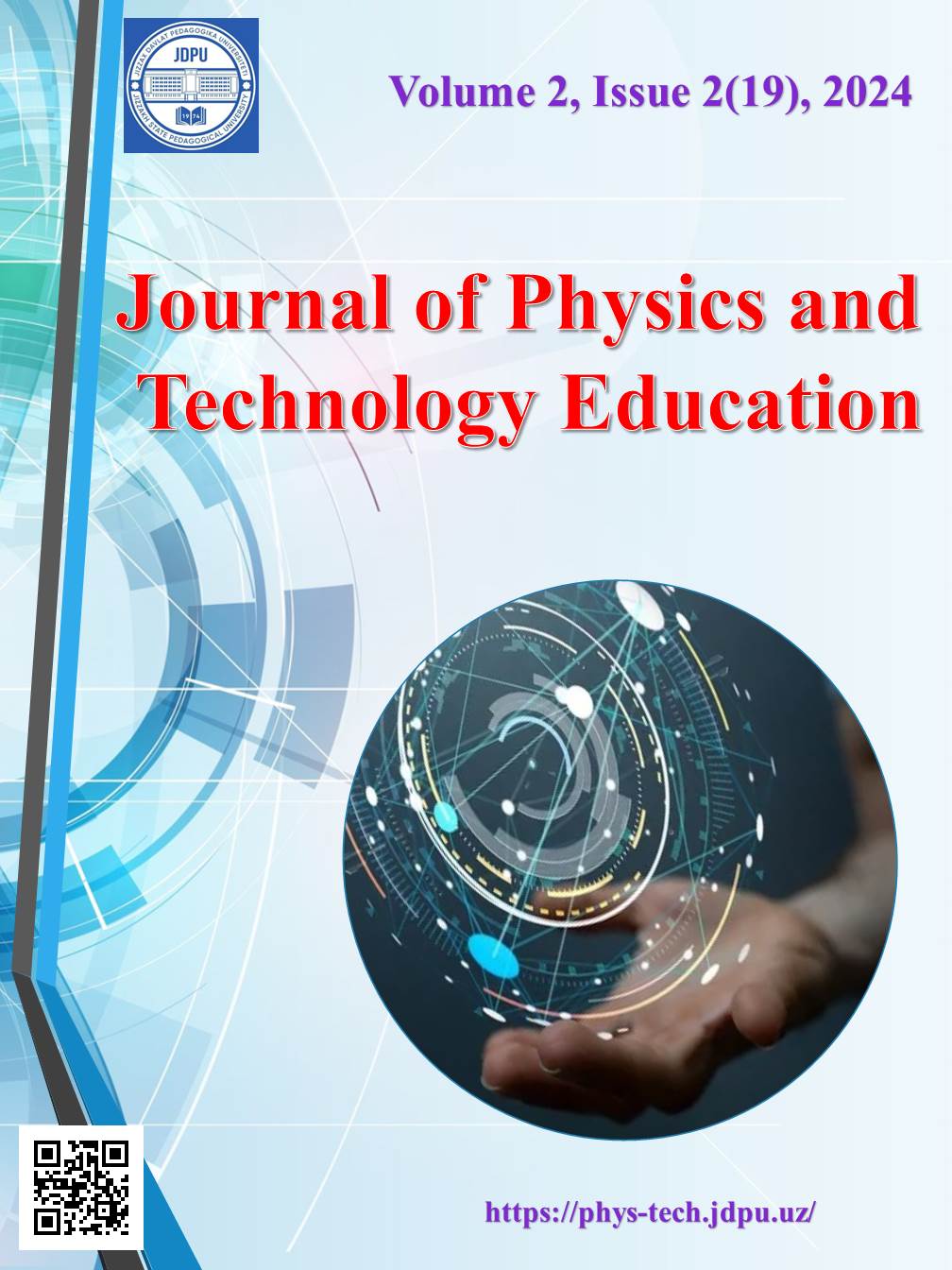Аннотация
In this work we discuss the information and communication technologies (ICT) in the educational processes. Innovative pedagogical processes create the basis not only for the competitiveness of any educational services market, but also for the intensive development of the personality of a teacher and a student, the democratization of interaction and communication between a teacher and a student, the humanization of the educational process, the orientation of students to active learning and self-education, the modernization of educational technologies and, as well as the material and technical base of education, the professionalism of teachers, their creativity determines the direction of development of their searches, plays an important role in the development of students as individuals. Multimedia is the ability to work with different forms of information on a computer: color graphics, dynamic effects in text and graphics, sound output and synthesized music, animation, as well as full-length video clips and videos. Multimedia is a modern computer information technology that allows you to combine text, sound, video, graphics and animation into a single computer system
Как цитировать
Библиографические ссылки
Ertmer, P. A. Teacher pedagogical beliefs: The final frontier on our quest for technology integration? Educational Technology Research and Development, (2005). 35,(4), 25.
Davis, F. D., Bagozzi, R. P., & Warshaw, P. R. User Acceptance of Computer Technology: A Comparison of Two Theoretical Models. Management Science, 35, 982-1003.1989
Slaouti, D., Barton, A. Opportunities for Practice and Development: Newly Qualified Teachers and the Use of Information and Communication Technologies in Teaching Foreign Languages in English Secondary School Contexts. Journal of In-service Education, 33(4), 19.2007
Love P. E. D., Irani Z., ''An Exploratory Study of Information Technology Evaluation and Benefits Management Practices of SMEs in the Construction Industry", Information & Management, Volume 42, Issue 1, December 2004, pp. 227-242.2004.
Christensen, r. Effects of technology integration education on the attitudes of teachers and students. Journal of Reasearch on Technology in Education, (2002). 34(4) 411.
Collier, P. A., Kaye, G. R., Spaul, B. J., and Willims, B. C. (1990). The use of computers in accounting courses: A new perspective A comment", Accounting and Business Research, 20, 353-365.
Conlon, T., Simpson, M. Silicon Valley versus Silicon Glen: the impact of computers upon Teaching and Learning : a comparative study . British Journal of Educational Technology, (2003). 34(2), 137-150
McNeal, R. B. (1998). High school extracurricular activities: Closed structures and satisfying patterns of participation. The Journal of Educational Research, 91(3), 183191. 162
Herbert, T. P., Reis, S. M. (1999). Culturally diverse high-achieving students in an urban high school. Urban Education, 34(4), 428457.
Авторы
Turdixol Tilavova
Jizzakh State Pedagogical University
Ключевые слова:
graphics capabilities, video technologye, computer, sound and images, techniques and technologies, video and audioВыпуск
Раздел: Articles

